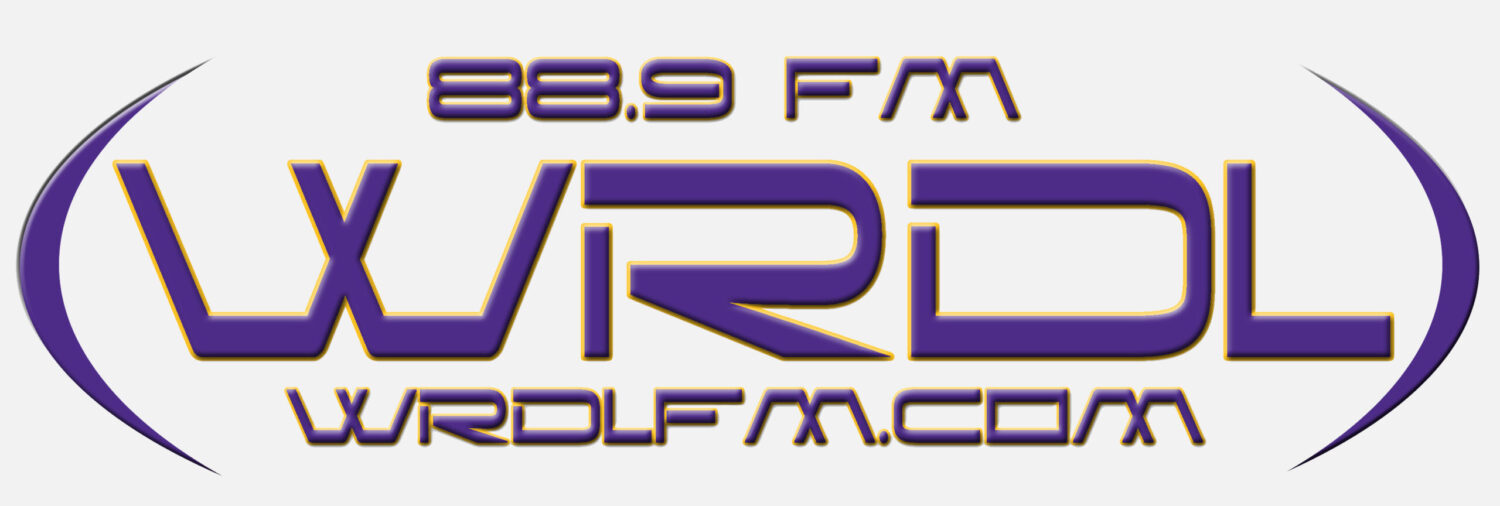
New Program to Help Bridge Ohio’s Digital Divide
(Photo courtesy of Ohio News Connection/Pixabay.com)
Mary Schuermann Kuhlman
COLUMBUS, Ohio — A new initiative is expected to help bridge the digital divide in Ohio.
People whose finances are strained during the COVID-19 pandemic can apply for assistance to get connected to high-speed internet through the Federal Communications Commission’s Emergency Broadband Benefit program.
Jason Smith, associate state director of advocacy for AARP Ohio, said all Ohioans need affordable access to broadband in order to fully engage with their community.
“If the COVID-19 pandemic has shown us anything, it’s that access to high-speed internet is not a luxury,” Smith asserted. “Without it, Ohioans are being left behind when it comes to attending school, finding a job, seeing a doctor and avoiding isolation.”
Eligible households can receive up to $50 off their monthly Internet service bill, or a discount of up to $100 for the purchase of a laptop, desktop computer or tablet.
Ohioans can learn about the program online at aarp.org/EBB or by texting ‘internet’ to 22777. It’s estimated 5% of Ohio is not served by high-speed internet service.
Smith pointed out online access is a lifeline for many AARP members and their families.
“They’ve become caregivers for their grandchildren during this pandemic and have had to serve in the role of teacher,” Smith explained. “Having to do that from home and the necessity of having reliable high-speed internet, that’s one of the places where we’ve really heard about the gap.”
Smith noted AARP is a strong advocate for policies that improve high-speed internet access, including a new measure signed by Gov. Mike DeWine.
“House Bill 2, the state’s residential broadband expansion program, that’s particularly important because based upon FCC data released last year, we know about 25% of rural Ohio is unserved by high-speed internet,” Smith stated.
The $3.2 billion Emergency Broadband Benefit program is part of the COVID-19 relief bill passed in December, which also featured more than $1 billion to strengthen internet infrastructure in rural and tribal areas.
